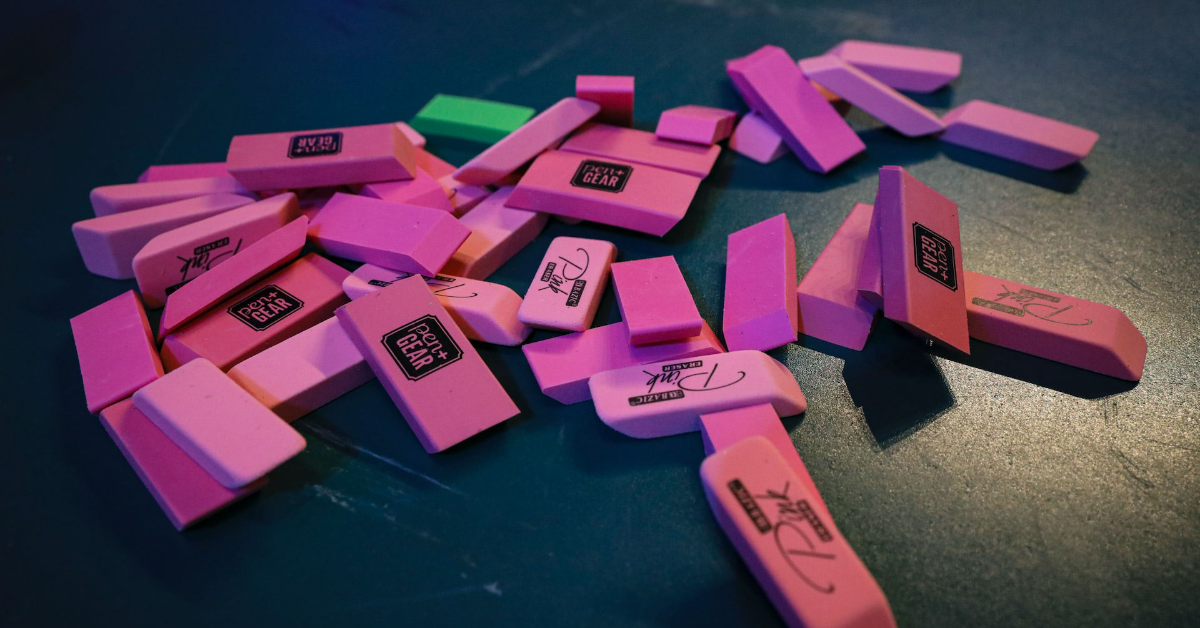From Pumice Stones to Gum Erasers: A Look at the History of Erasers

Erasers are a common sight in classrooms, offices, and homes around the world, but where did they come from, and how have they evolved over time?
In this article, we will explore the fascinating history of erasers, from their early use as scribbling tools to their current status as a ubiquitous and essential office supply.
The Early History of Erasers
- Erasers have a long and varied history, with the first known examples dating back to ancient civilizations, where people used materials such as breadcrumbs, sand, and pumice stones to erase writing.
- In the Middle Ages, more advanced erasing materials were developed, such as the gum eraser, which was made from a combination of rubber and other substances.
- It was not until the 19th century, with the development of more advanced rubber-based erasers, that erasers became more widely available and affordable.
The Evolution of Erasers
- In the early 20th century, erasers became more widely used in offices and classrooms, with the development of more advanced rubber-based erasers that were more effective at removing pencil marks.
- In the mid-20th century, erasers became more versatile, with the development of erasers in different shapes, sizes, and colors, as well as the introduction of electric erasers and eraser pens.
- The popularity of erasers continued to grow in the late 20th century and early 21st century, with the development of more advanced materials, such as silicone and polymer erasers, as well as the rise of digital devices with built-in erasing capabilities.
The Future of Erasers
- The future of erasers looks bright, with new materials and technologies being developed to enhance their performance and functionality.
- Erasers are becoming more sustainable, with brands offering recycled and biodegradable materials and supporting charitable causes.
- Erasers are also becoming more versatile, with new uses and applications being developed, such as art erasers and cosmetic erasers.
- In addition, erasers are becoming more intelligent, with the development of self-sharpening and self-cleaning technologies that improve their performance and extend their lifespan.
Conclusion
The history of erasers is a fascinating story of innovation and evolution, from their early use as scribbling tools to their current status as a ubiquitous and essential office supply. From breadcrumbs to silicone, erasers have come a long way and have evolved to meet the needs of different users.
The future of erasers looks bright, with new materials and technologies being developed to enhance their performance and functionality and make them more sustainable. Next time you reach for an eraser to correct a mistake or clean up a drawing, take a moment to appreciate the rich history and cultural significance of this essential and versatile tool.








